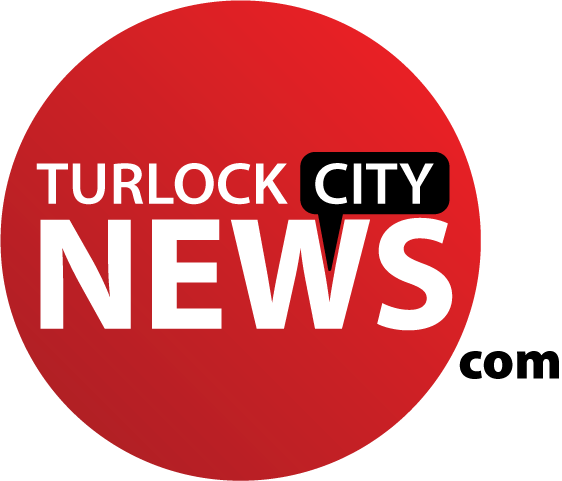TURLOCK - Dr. Michael T. Stevens and Dr. Jim Youngblom of the Department of Biological Sciences at California State University, Stanislaus are participating in different research projects about science education issues that were highlighted in articles published in the highly-regarded international journal “Science.”
Stevens, an Assistant Professor of Biology whose research expertise includes biology education and plant ecology, participated in a report titled “Science Faculty with Education Specialties” that was published in the December 18 issue of “Science.” A greater commitment by university science faculty to focus on science education with increased training opportunities and improved support of research and professional activities could drive education reform at universities and K-12 schools, according to the report by the team of five researchers from the California State University (CSU) system and one from Purdue University.
Stevens said a Naraghi Faculty Research Enhancement Grant provided through the College of Natural Sciences helped him undertake the research project, providing additional time for research as well as travel funding for collaboration meetings.
The report evaluates the role that science professors who specialize in science education play in improving how the sciences are taught through specialized roles in their disciplines to reform undergraduate science education, improve K-12 teacher preparation, and conduct basic science and science education research.
Stevens, a former elementary school science teacher, said training more Science Faculty with Education Specialties (SFES), a term used for faculty who take on science education duties within university science departments, is one of the key points noted in the report. He emphasized that it is especially important to find ways to improve science content understanding and science teaching methods in university classes populated by future K-12 teachers. That means weaving an effective combination of pedagogy (an academic term used for teaching methods and strategies) and science content, he noted.
“For a long time, science faculty have focused on teaching science content while education faculty have focused on pedagogy,” Stevens said. “To effectively improve K-12 science teacher preparation, undergraduate science instruction, and discipline-specific science education research, there needs to be some mechanism to connect science content and pedagogy. The SFES model for science education reform makes this connection in university biology, chemistry, geology, and physics departments.”
“Our interdisciplinary research team includes biologists and chemists from six different universities,” Stevens added. “The different perspective and background of each team member has improved the quality and relevance of our work.”
To illustrate the pressure universities are under to cultivate an effective learning environment, the report cites an earlier study indicating that when college students abandon science as a major, 90 percent of them do so because of what they perceive as poor teaching; and, among those who remain in the sciences, 74 percent lament the poor quality of teaching.
In a comprehensive survey of the CSU campuses, 59 science faculty were identified as serving in the SFES role. Of those, 47 percent transitioned into the role from a more traditional science-faculty position, with many of them continuing their efforts in basic science research. The remaining 53 percent were hired specifically for the SFES position, and they tended to focus more on science education efforts.
The authors will next expand the CSU study to a national sample as part of their ongoing research.
The success of SFES positions, the research team believes, can be measured by increased numbers and quality of K-12 science teachers and science majors graduating from colleges and universities. Such increases will require greater collaboration between universities and K-12 school districts, within universities between colleges of science and colleges of education, and internally within science departments.
Youngblom co-authored an October 31 article in “Science” titled “Genomics Education Partnership” that focuses on the Genomics Education Partnership that offers an inclusive model for undergraduate research experiences, with students pooling their work to contribute to international databases. Youngblom and the 37 other experts on the research team note in their article that undergraduate research experiences can sustain student interest in a science career, providing an opportunity to work collaboratively with colleagues while making novel contributions to the community.
Youngblom, whose research expertise is genetics and DNA technology, noted that genomics is an attractive area for student-scientist partnerships as they study exciting advances in the life sciences and analyze genes, the basic unit of heredity in a living organism. The research team reported that involving undergraduates in a genomics research project is a rewarding way for faculty to teach and for undergraduates to learn.






